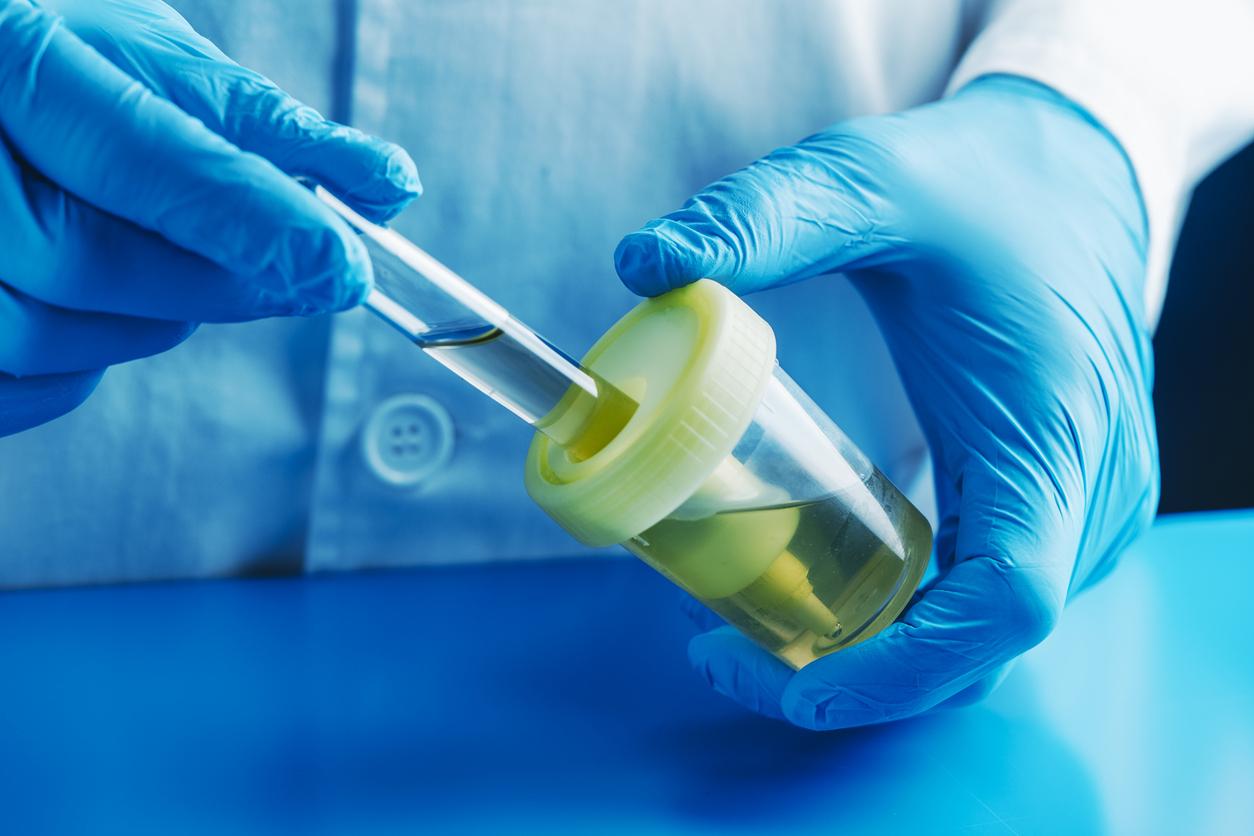We suspected: the dandelion owes its funny name to its famous virtues against water retention. But the roots and leaves of the plant also act in case of constipation, difficult digestion and even in case of excess cholesterol. We detail all the benefits of dandelion.
IDENTITY RECORD
Name: Dandelion, lion tooth
Scientific name : Taraxacum campylodes
Botanical family: Asteraceae
Parts used: leaves and roots
Indications: detox cures, stimulation of the liver and kidneys, obesity, digestion of lipids, rheumatism
Preparation: infusion, decoction, juice, salad
Known by the common name of “Lion tooth”, The dandelion is a perennial plant native to Europe whose roots can descend up to 50 cm into the ground. Dandelion is made up of flower heads flat yellow in color and its stem is hollow. Dandelions are generally found in damp places and fields.
The diuretic benefits of dandelion
It is well known, the dandelion Has diuretic properties exceptional. It stimulates kidneys and facilitateswater removal accumulated in the body. This is mainly due to the potassium contained in the plant.
The active subtances contained in dandelion are terpenes, flavonoids, the taraxine and thephenolic acid. There is also a considerable amount of iron and potassium, but also vitamins A, C, B6 and B9.

Find this plant and more than 60 others (also exceptional) in our Herbal medicine guide
Click here to download it for free
THE’draining action dandelion leaves helps activate lymphatic circulation and promotes evacuation of toxins and releases the tissues. This makes it possible to observe deflation of the feet, legs and ankles.
The combined action of dandelion leaves and roots stimulates kidney functions and allows better elimination of excess water.
We can obviously mention other benefits of dandelion:
- Dandelion stimulates appetite and aids digestion.
- Thanks to the polyphenols it contains, dandelion prevents cardiovascular disease.
- It relieves in case of constipation.
- Dandelion helps Reduce the cholesterol excess in the blood.
- It prevents liver failure and the biliary disorders.
- It is a real ally of the skin against corns and warts.
How to consume dandelion
You can use both the leaves and the roots of dandelion to take advantage of its healing virtues. For leaves, the recommended daily dose is 30 g. In this case we take 150 ml of water and then add 10 g of dandelion leaves to make one infusion that we recommend to drink three times a day.
For the roots, we can consume every day 15 g in decoction. So we infuse 5 g of roots in a cup for ten minutes and then drink it 3 times a day. We can find dandelion as an extract or as a food supplement.
One can prepare the infusion of dandelion with the roots or leaves dried and chopped. Pour a cup of very hot water over 1 or 2 tbsp. of the plant and let steep for about 15 min. Other plants like licorice can be associated with dandelion. The infusion will be even better if we add honey.
Culinary wise, dandelion leaves are excellent prepared like spinach, and their bitter flavor pleasantly enhances salads to which they are mixed when they are tender. Dandelion leaves are also used to make juice. You can also use the roasted roots of the dandelion to prepare a drink that can replace coffee, without having the stimulating effects.
Precautions for use and contraindications
People suffering from gallstones are required to consult a doctor before using dandelion.
If there are no contraindications, we can follow small dandelion cures of a few days during the changes of seasons and not throughout the year.
Latex from dandelion stems can cause skin allergies without serious consequences. Adverse effects are also observed from time to time in some people, such as stomach pains or some nausea.
You cannot consider a dandelion cure when you are allergic to plants of the Asteraceae family such as daisies (unless a doctor advises otherwise). In case of pregnancy, we forbid dandelion cures.


















